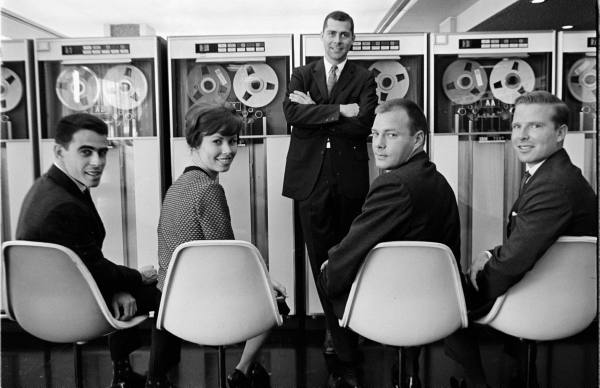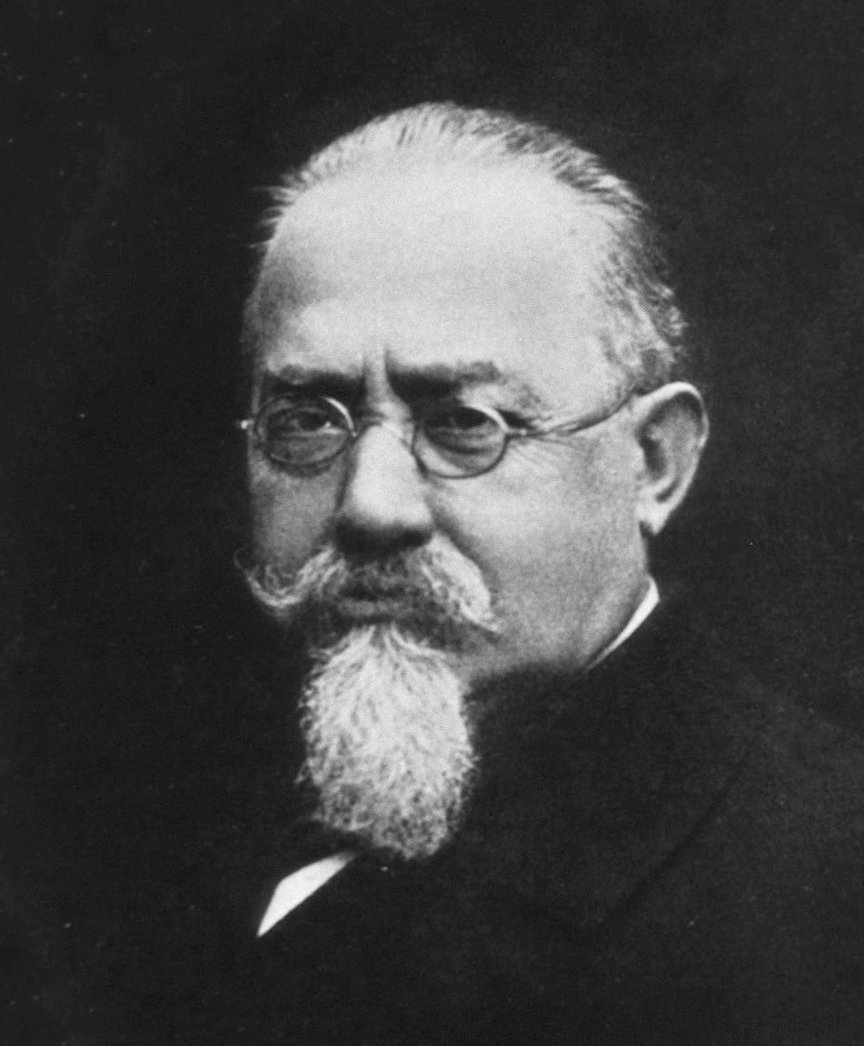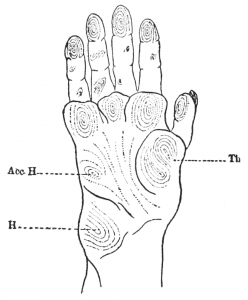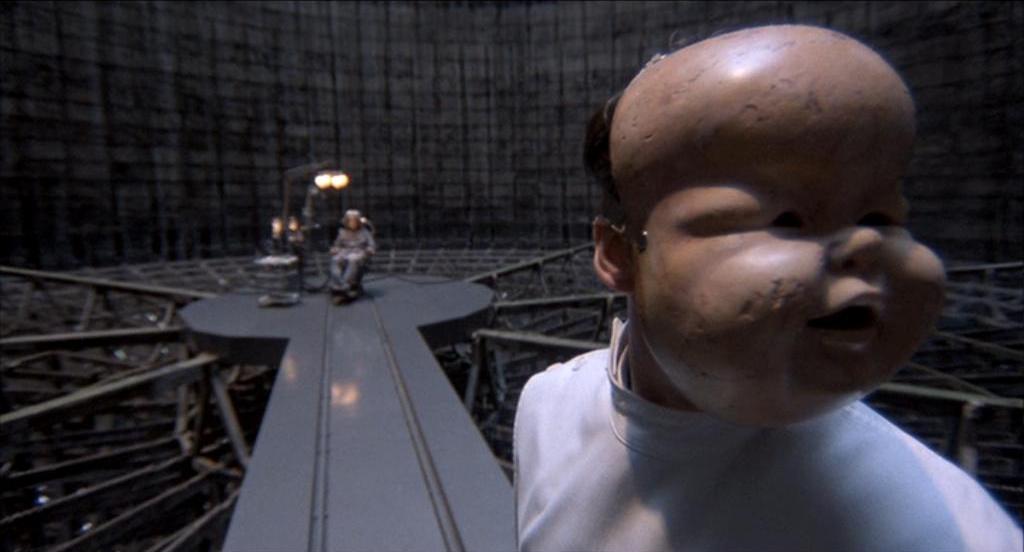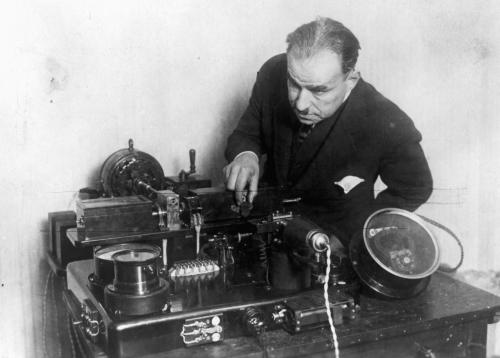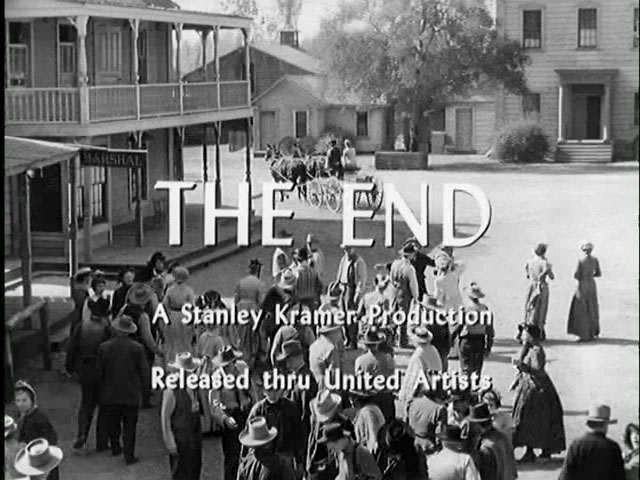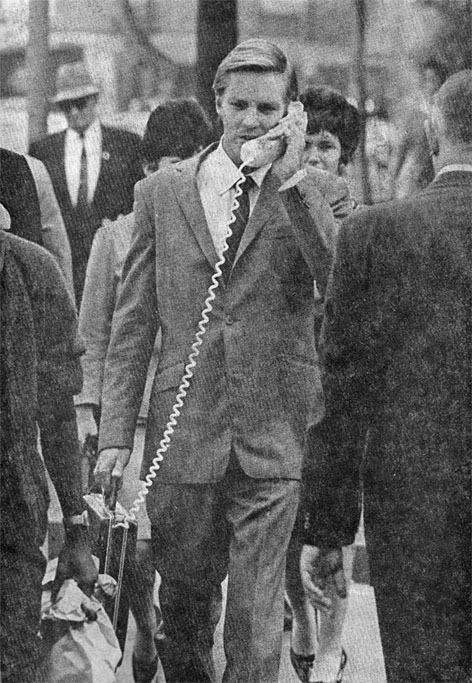The opening of a New Yorker blog post by James Surowiecki, author of The Wisdom of Crowds, about the epic fail of the Redditor throng during the Boston Massacre bombing manhunt:
“After Reddit’s attempt to find the Boston Marathon bombers turned into a major failure (for which Reddit’s general manager Erik Martin publicly apologized Monday), the over-all conclusion seems to be that the whole experiment was misguided from the start, and that the Redditors’ inability to identify the Tsarnaev brothers demonstrates the futility of using an online crowd of amateur sleuths to help with a criminal investigation. Or, as the Times’s Nick Bilton put it, ‘It looks as if the theory of the ‘wisdom of crowds’ doesn’t apply to terrorist manhunts.’
That proposition may be true. But Reddit’s failure isn’t evidence for it. To begin with, it’s a bit facile to frame this story as a competition between ‘the crowd’ and ‘the experts,’ since the official investigation wasn’t relying on a couple of experts, but rather had its own crowd at work, one made up, in Bilton’s words, of ‘thousands of local and federal officials.’ More important is that the Redditors faced a simple, but insuperable, obstacle when it came to identifying the Tsarnaevs, namely that the two brothers were not, as far as I can tell, in any of the photographs that were widely available before Thursday morning. The footage that convinced investigators that the Tsarnaevs were prime suspects was the footage from the Lord & Taylor surveillance cameras, which hadn’t (and still hasn’t) been released to the public. This is an obvious point, but one that’s been overlooked: Reddit had no real chance of identifying the right suspects because it didn’t have access to the information that mattered. (Had the clip of the Tsarnaevs walking down Boylston Street been publicly available last Tuesday, I don’t think there’s any doubt Redditors would have flagged them as suspicious.) Whatever the value of the wisdom of crowds, it isn’t magic:you can’t ask the crowd to find someone that, in a sense, it’s never seen.”



